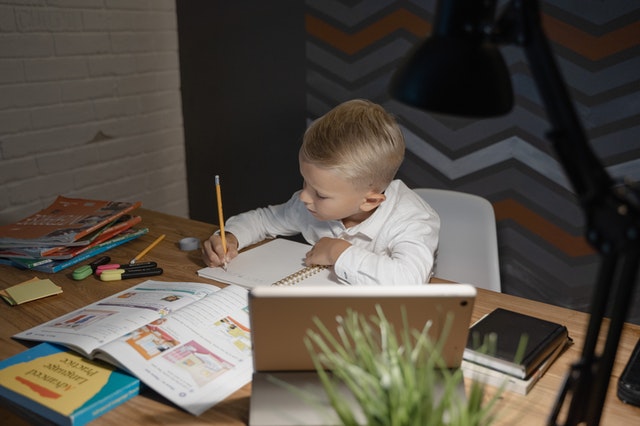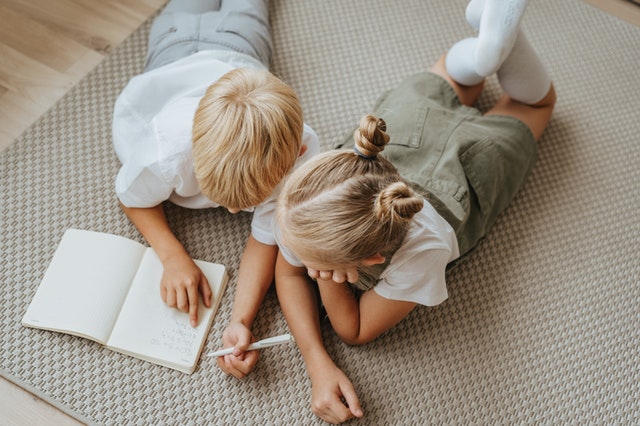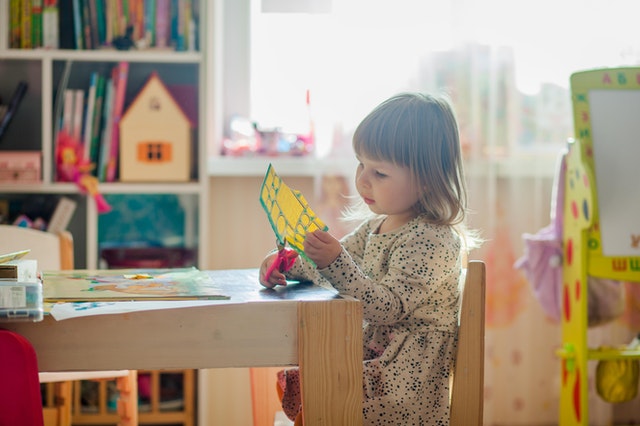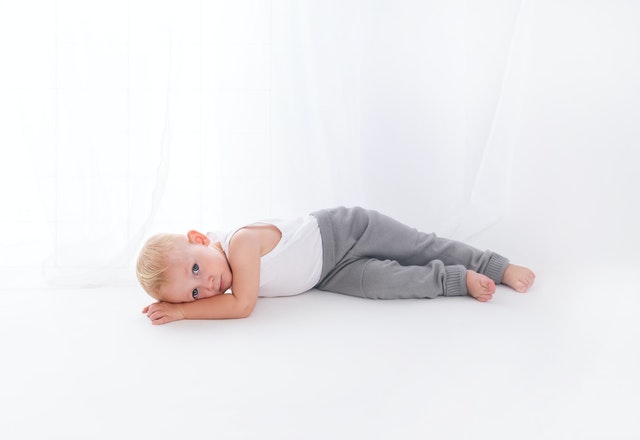Finnish School System vs the UK
The Finnish school system is worlds apart from our current UK system. Are we in a position to be able to implement these kinds of changes in the UK?
The Finnish school system is worlds apart from our own but can we learn from this system? Can we make changes to our own education system and produce the same results?
Questions like these are asked about our current education system all the time. We are told that more children leave primary school unable to read than ever before. Exams are getting easier and our schools are oversubscribed and unable to cope. We have an increasing shortage of teachers and many that do teach hate the politics they have to endure! So where next?
There are no standardised tests
There are no standardised tests for children. The matriculation exam is the only mandatory test and it is set at the end of Vocational Senior High School. While in the UK children from the age of 6 are tested for their academic abilities.
Many say that without this testing system that we have in the UK it would be impossible for teaching staff to assess a childs progress. But the figures from Finland show a very different story. Their figures show that Finlands education system is far superior to that of the UK with 66% of students attending university and 93% of students graduating from High School.
Teachers have to be highly qualified
Finnish teachers have to sit a Masters degree before they are allowed to step into a classroom. Teachers are picked from the top 10% of the highest achieving graduates and because of this, they are given far more respect. Society grants them the same status as other professions, such as Doctors and Lawyers.
There are also many routes into teaching in the UK, with such shortages in qualified teachers this does seem to be quite a sensible option. But does that mean that our teachers are less qualified? Is children’s education severely impacted by a lack of quality?
Teachers have more freedom in the classroom
Teachers in the UK have to follow a strict curriculum with very little if any room for experimenting or change. This is one of the issues that teachers have is the lack of flexibility in the current curriculum that they teach.
The curriculum in Finland is less structured, there are no set texts and as the children are not tested there are no exams to teach towards. Lesson plans allow for greater flexibility and teachers are given complete control with regard to how they teach.
Another reason that Finland appears to lead the way is that because their teachers have such strong academic backgrounds they are fully supported. Their education system is not political so there are no boundaries to schools or teachers using experimental teaching techniques.
Homework isn’t widely used
It is not the case that there is no homework given in Finnish schools there is just significantly less of it than in British schools. In Finland, most of their education happens in the classroom which limits the amount of homework to begin with.
Due to parents knowing that their children are being taught by some of the most educated people in society, they fully support and back the teaching staff. This then means that time would otherwise be spent doing homework is spent building relationships with family and friends.
Children do not start school until they are 7 years old
Children do not start formal schooling until they are 7 years old. This is one of the biggest differences between the Finnish school system and the UK. Up until that time, they will usually attend a preschool, which 97% of children attend. Their preschools are also free to all!
This preschool time is all about learning through play, socialising rather than any academic learning. Now, this sounds very much like the Early Years Foundation Stage (EYFS) and Foundation Phase that has been introduced in both England and Wales. The basic principles of these new curricula are learning through play rather than fixed academic lessons.
Finnish system in the UK feasible or not?
The Finnish education system could not be easily implemented in the UK. But that does not mean that it should be completely discounted. After all, the education of our children and generations to come should be the top priority.
Small changes are still changes and can be put in place with the least disruption. Could this be the way to repair our own education system? It could be the difference between us having a generation of thinkers, entrepreneurs, and problem-solvers or not!








